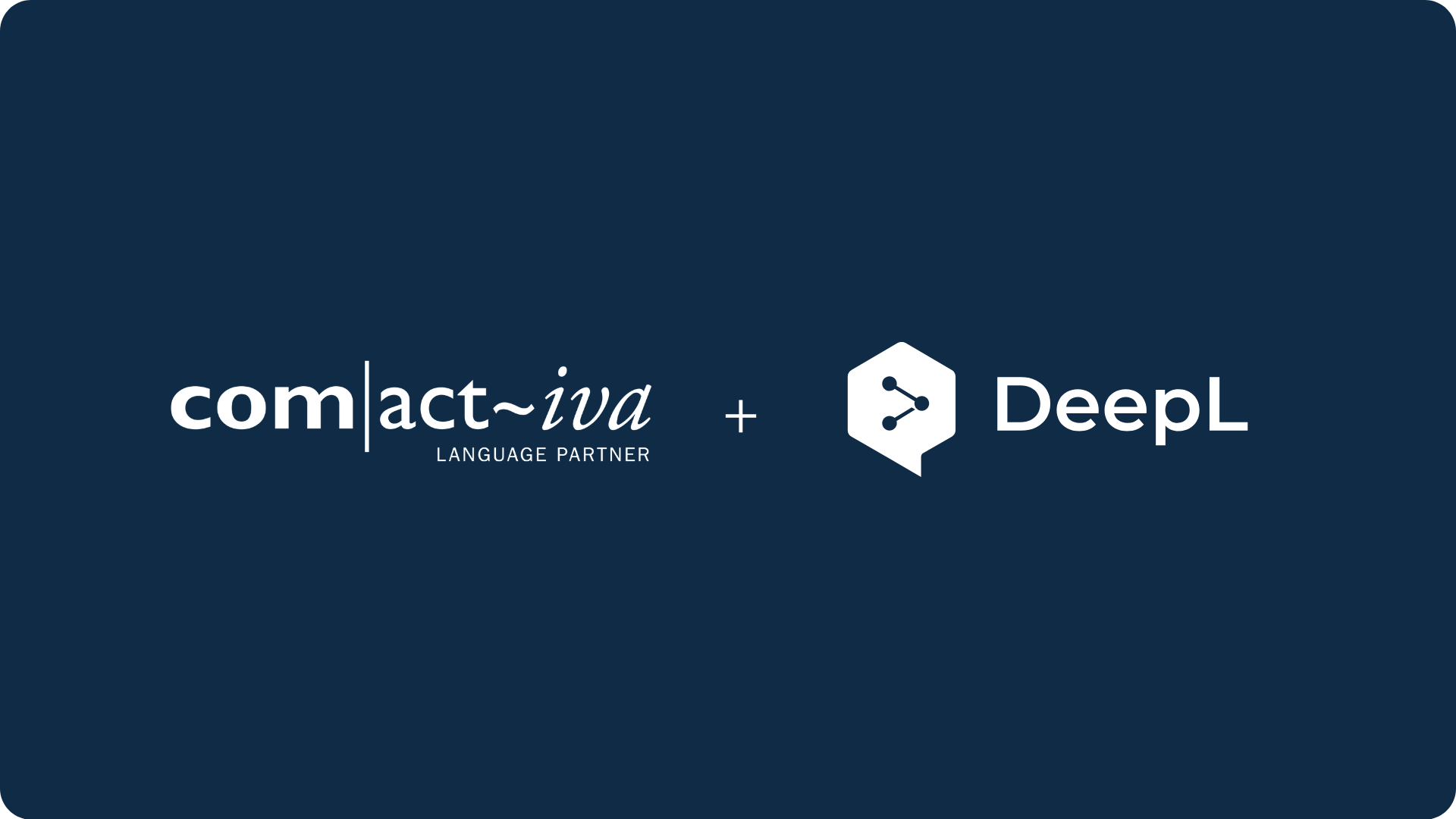
Not so long ago, translation and localization was a very different world from today. Imagine long email chains, paper documents sent between continents and hours of frustrating formatting.
In the past, the translation process was a bottleneck, filled with manual steps and uncertainty. Our corporate explorer Annica Heuermann take a nostalgic look back at what translation used to look like and compare it to today's more efficient and technology-driven methods.
In the past

Comparing expensive quotes from different translation agencies
In the past, even as digitalization began to impact the industry, getting a clear overview of the costs of translation services was still a major challenge. Many companies relied on contacting multiple translation agencies to request quotes, which often meant:
-
Time-consuming communication: All communication was basically by email, which meant waiting for a response from each agency.
-
Standardized pricing: Pricing was almost exclusively based on price per word, which did not allow for any variation based on requirements and needs.
-
Standardized process: The translation process followed a standardized translator-centered model.
-
Manual processes: Requests for quotation and quotation management still required a lot of manual work, leading to long lead times.

Copy and Pasting Text from Excel Sheets, Chat GPT and more.
The management of translation projects internally was typically a repetitive and manual process, especially when it came to file and text management. This manual management meant that:
-
Manual file management: Employees had to manually manage and transfer files between different systems and people. This included sending files via email, uploading and downloading files from insecure platforms, and keeping track of different file versions. This process was time-consuming and inefficient, and often led to lost files, version conflicts and security risks.
-
Inefficient text transfer: Employees had to manually copy and paste text from source files into translation tools or documents. This time-consuming process increased the risk of errors and inconsistency as well as took valuable time from more important work.

No Way to Show the Business Value of Translation and Localization
In the past, companies understood less about the value of translation and localization, and calculating the return on investment (ROI) was a challenge.
-
Difficult to justify the investment: It was difficult to convince management of the value of investing in high-quality translation and localization.
-
Focus on cost savings: Companies often focused more on minimizing the cost of translation services than maximizing the potential return, often hurting the companies growth.
-
Lack of data: There was often a lack of data and measurable results to show how translation and localization directly impacted key business objectives such as sales, customer satisfaction and brand awareness.
Today

Tailor-Made Solutions that Take Needs and Budget into Account
Today, translation services have become much more flexible and transparent. Instead of relying solely on price per word, language partners offer tailored solutions that take a range of factors into account, giving clients greater choice and cost efficiency.
- Flexible pricing: Pricing is no longer based solely on the number of words, but also takes into account factors such as the customer's preferences regarding the balance between human expertise and AI, as well as the automations implemented and quality of language data. This allows for fairer and more tailored pricing, where the client can choose to put more resources where they are needed most.
- The role of technology: TMS systems and language data are widely used to analyze the text, reuse previous translations (translation memories) and manage terminology, increasing efficiency and reducing costs. For simpler projects or large volumes, a greater degree of automation or AI may be appropriate, while more complex or creative texts may need more human expertise.
Integrations and Automatic Translations
Today's translation processes are integrated with other systems and automated to streamline workflows and reduce manual handling.
- Seamless integrations: Translation platforms can be integrated with a variety of systems, such as Content Management Systems (CMS), e-commerce platforms and CRM systems. This allows for the automatic transfer of text for translation and the import of completed translations, saving time and reducing the risk of errors.
- Automated translation: AI translation is becoming increasingly common, not only in combination with human expertise but on its own for translation of internal documents and large volumes of simple text.
- Centralized workflows: By collaborating with language partners, companies can centralize their translation projects, automate tasks such as file management and project management, and improve the quality of translations while reducing costs and saving time.
Measurable Translation and Localization
Today, there is an increased focus on measuring the results of translation and localization efforts to be able to demonstrate their business value.
- Defined KPIs: Companies define clear Key Performance Indicators (KPIs) to measure how translation and localization contribute to business goals. Examples of KPIs include increased website traffic, higher conversion rates, improved customer satisfaction and increased global sales.
- Analytical tools: Advanced analytical tools are used to collect and analyze data on the impact of translation and localization on these KPIs.
- ROI calculations: By linking translation efforts to measurable results, companies can calculate the return on investment (ROI) and justify the budget for translation and localization.
- Increased awareness: There is a growing awareness that translation and localization is not just a cost, but a strategic investment that can contribute to increased growth, profitability and competitiveness.
From the days of manual processes and disconnected systems, translation and localization work has evolved into a streamlined, technology-driven process.
Companies can now leverage a combination of human expertise and advanced tools to achieve high-quality translations, improve efficiency, and demonstrate clear ROI. The transformation is not just about faster turnaround times, it's about recognizing translation and localization as a strategic asset for global success.
Are you still working in traditional translation processes? Reach out and we will help you get started with modernizing your translation and localization work.


